Last Updated
Los Cabos is a vacation destination that has something to offer for pretty much every type of traveler.
It can be a nature vacation destination, a luxury vacation destination, an adventure vacation destination, or a wellness vacation destination, but first and foremost, Los Cabos is a beach vacation destination.
Los Cabos beaches are super popular among travelers, and now its shores are even safer and its pristine sands even more stunning, earning top recognition for their safety and beauty.
Let’s take a look at why Los Cabos beaches are now better than ever.

Blue Flag Certifications
Blue Flag certifications are awarded to beaches around the world that meet certain standards based on more than 30 criteria.
Many of the criteria used to determine whether or not a beach will be awarded the coveted Blue Flag status involve its cleanliness, the availability of certain facilities and amenities, and the safety measures practiced.
Blue Flag certifications are awarded by the Foundation for Environmental Education, a global organization that focuses on sustainable development.
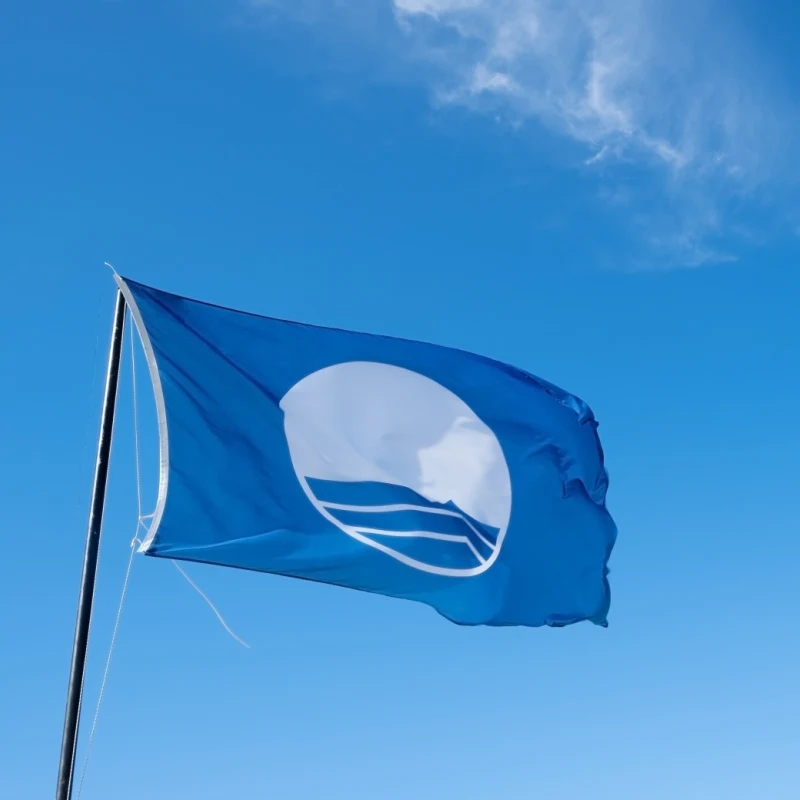
What The Blue Flags Mean For Tourists
In Los Cabos, there are 25 Blue Flag-certified beaches.
Quite simply, what the Blue Flag certifications mean for Los Cabos tourists, is better beaches.
When visiting a Blue Flag certified beach you can expect them to be cleaner, safer, and equipped to better serve beachgoers.
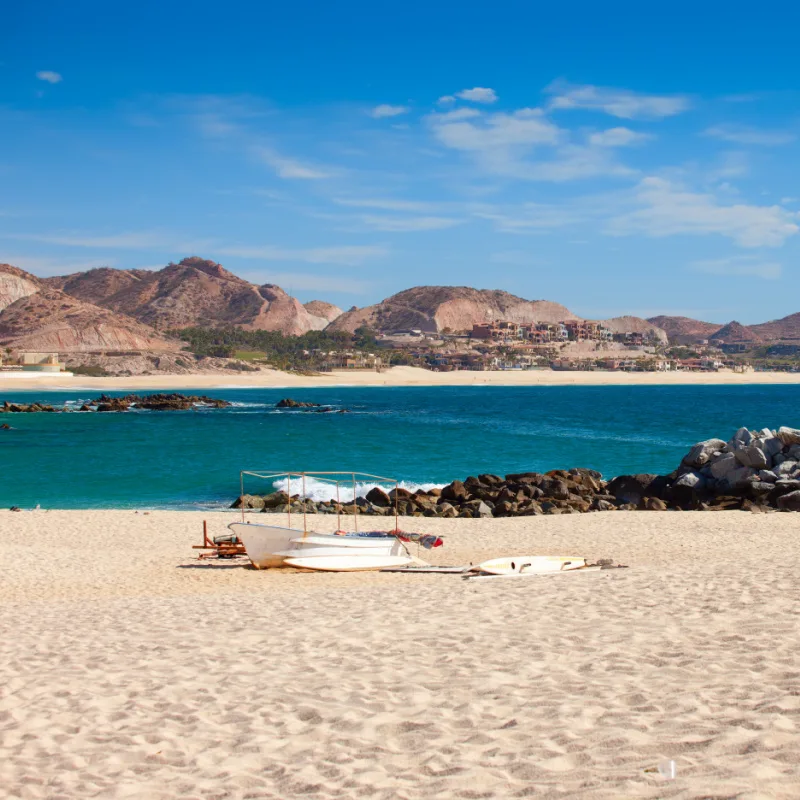
Popular Los Cabos Beaches That Are Blue Flag Certified
With so many Blue Flag-certified beaches, it probably won’t come as a surprise that several of the most popular beaches in Los Cabos have Blue Flag certifications.
This means you can feel confident that your favorite Los Cabos beach meets these standards of safety and quality when you visit it.
Some of the most popular beaches in Los Cabos that are Blue Flag certified are:
- Medano Beach
- Chileno Beach
- Santa Maria Beach
- Palmilla Beach
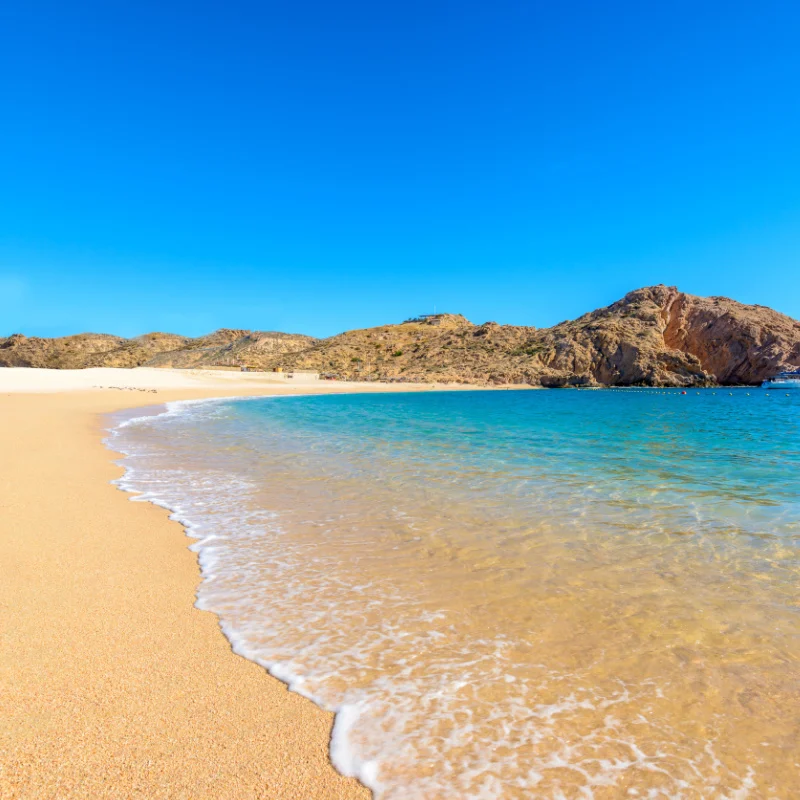
Increase In Lifeguard Supervision On Los Cabos Beaches
As mentioned above, beaches in Los Cabos are safer now too.
This is because there are a total of 30 lifeguards trained to monitor Los Cabos beaches, and additional junior lifeguards are being trained as well.
This means all of the swimmable beaches will likely have a lifeguard present when you visit the destination.
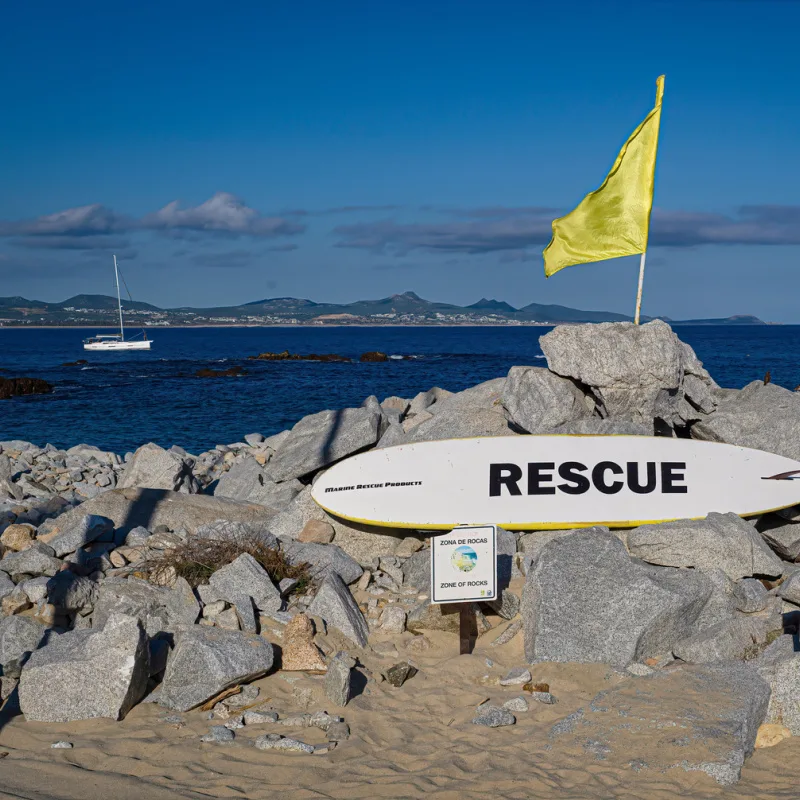
Why It’s Important To Swim Near A Lifeguard In Los Cabos
If you’ve been to Los Cabos or done your research on the destination’s beaches, then you probably know that not all of them are swimmable.
Even the ones that are can be dangerous at times.
The dangers lie in the large waves and unpredictable currents that are a common occurrence in some areas.
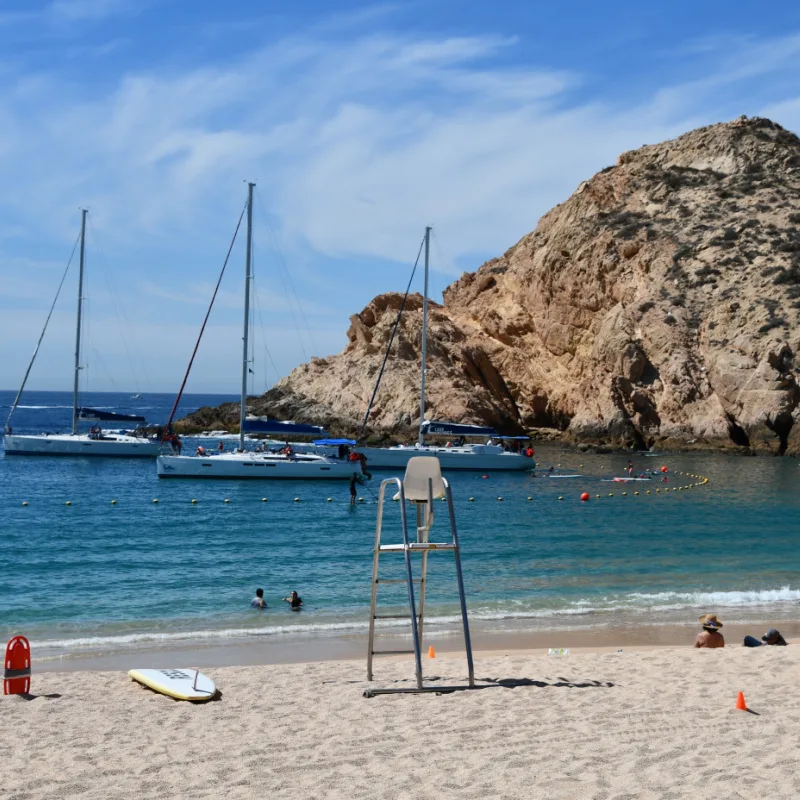
Los Cabos’s Unswimmable Beaches
Even though there are plenty of great swimmable beaches in Los Cabos, there are several that are unswimmable all the time.
These beaches might be great for sunbathing, long walks on the beach, and surfing, but swimming should be avoided.
Some of the unswimmable beaches in Los Cabos include:
- Divorce Beach
- La Gaviota Beach
- Acapulquito Beach
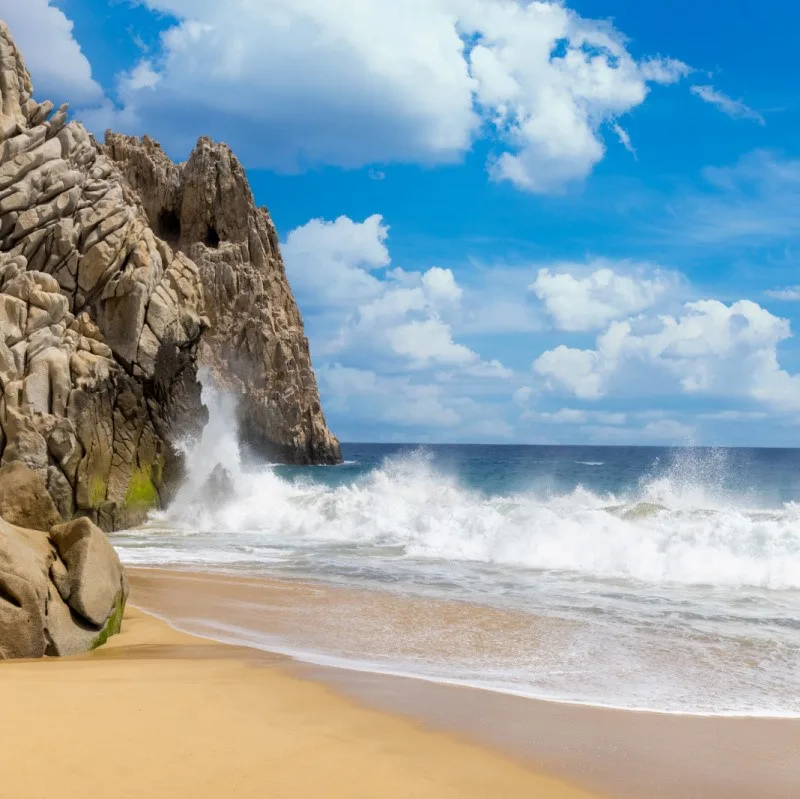
To Swim Or Not To Swim – How To Tell Which Los Cabos Beaches Are Safe For Swimming
If you’re in Los Cabos and you’re not sure if a beach is swimmable or not there is one surefire way to tell, and that is the beach flag warning system.
There are five flags to watch out for when you arrive at any beach.
A black flag means the beach is closed, a red flag means swimming is not allowed, a yellow flag means you should swim with caution, a green flag means conditions are safe for swimming, and a white flag means that dangerous marine life may be present.
If you follow the warnings of these flags, then you can have a safe beach day in Los Cabos.
Plan Your Next Cabo Vacation:
Traveler Alert: Don’t Forget Travel Insurance For Your Next Trip!
Choose From Thousands of Cabo Hotels, Resorts and Hostels with Free Cancellation On Most Properties
↓ Join The Community ↓
The Cabo Sun Community FB group has all the latest travel news, conversations and current events happening in Los Cabos

Subscribe to our Latest Posts
Enter your email address to subscribe to The Cancun Sun’s latest breaking news affecting travelers, straight to your inbox.
